What would YOU plant in this spot?
bgaviator
10 years ago
Related Stories
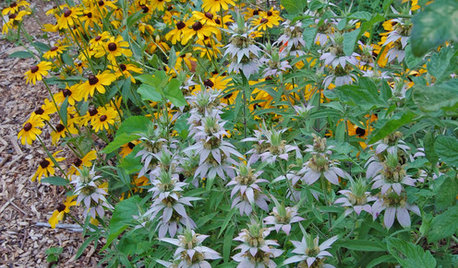
GARDENING GUIDESGreat Design Plant: Spotted Beebalm (Monarda punctata)
Looking for unusual, long-lasting blooms, low maintenance and deer resistance? Try this self-sowing perennial
Full Story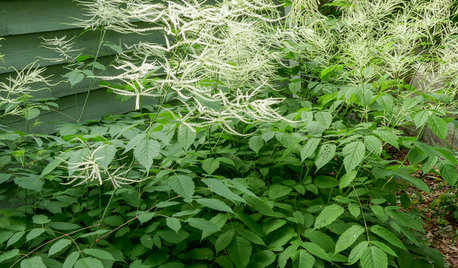
FLOWERS AND PLANTSAruncus Dioicus Is a Stately Plant for Shady, Moist Garden Spots
Plant goat’s beard in perennial and woodland gardens. Its large white spring blooms attract bees, beetles and butterflies
Full Story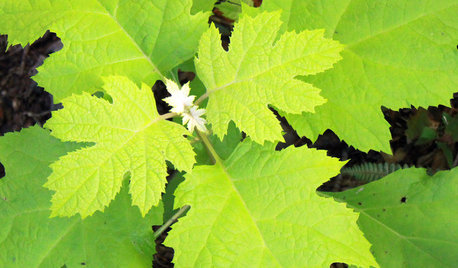
LIME FOLIAGE5 Gold Plants to Illuminate Shady Garden Spots
Dark garden corners don't have to mean deep, monochromatic color. Gold plants brighten the landscape with shots of luminosity
Full Story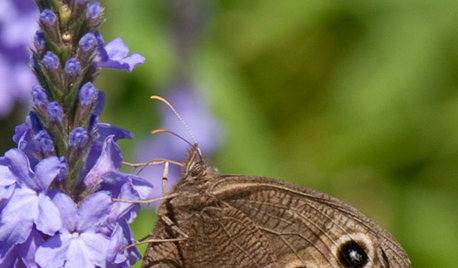
GARDENING GUIDESGreat Design Plant: Verbena Stricta Tolerates Tough Spots
With its subtle beauty and long-lasting flowers, this pollinator pleaser is a boon to wilder areas
Full Story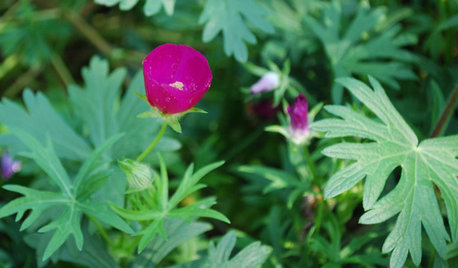
GARDENING GUIDESGreat Design Plant: Callirhoe Involucrata Wakes Up Hot Garden Spots
Give a dry and sunny garden a jolt of violet-pink color summer to fall — and watch bees and butterflies flock to the nectar
Full Story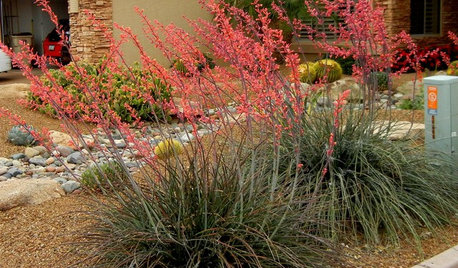
GARDENING FOR BUTTERFLIESGreat Design Plant: Red Yucca Spikes Dry Spots With Color
Neither heat nor cold nor lack of water fazes this flowering succulent, which adds spiky texture to Southwestern landscapes
Full Story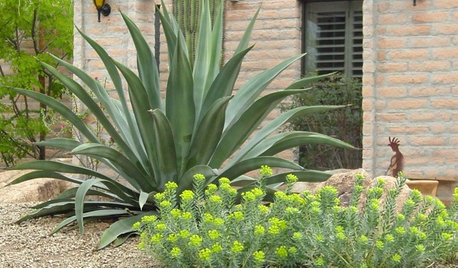
GARDENING GUIDESHow to Spot a Drought-Tolerant Plant
Label? Who needs a label? Learn the characteristics of plants that can thrive in hot, dry conditions to help you pick the right ones
Full Story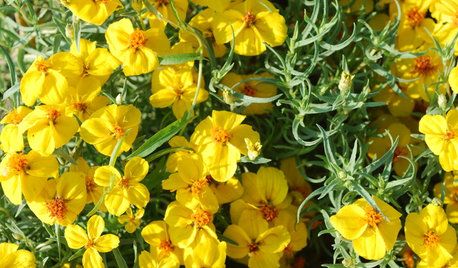
GARDENING GUIDESGreat Design Plant: Rocky Mountain Zinnia Brightens Hot, Dry Spots
Sunshiny flowers provide a showy drift of color in desert and prairie gardens — this native perennial is hardier than it looks
Full Story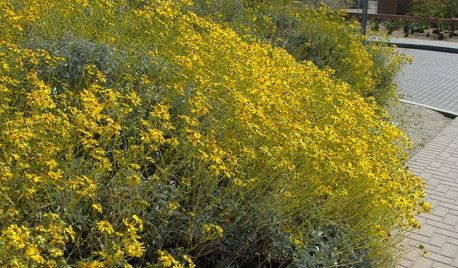
GARDENING GUIDESGreat Design Plant: Brittlebush Brightens Rocky, Dry Spots
Masses of cheerful golden flowers belie the tough nature of this highly drought-tolerant shrub
Full Story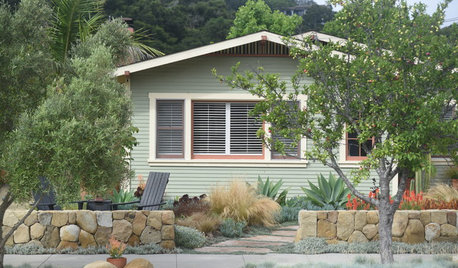
LANDSCAPE DESIGNHow and What to Plant in Dry, Sunny Spots
Save water and improve your site’s look with these design tips and help from a pro
Full StorySponsored
Central Ohio's Trusted Home Remodeler Specializing in Kitchens & Baths







cyn427 (z. 7, N. VA)
agardenstateof_mind
Related Professionals
Belmont Landscape Architects & Landscape Designers · New Mexico Landscape Architects & Landscape Designers · Otsego Landscape Architects & Landscape Designers · Saint Louis Park Landscape Architects & Landscape Designers · Williamsburg Landscape Contractors · Brookside Landscape Contractors · Cambridge Landscape Contractors · Kerman Landscape Contractors · Madera Landscape Contractors · Oak Forest Landscape Contractors · Panama City Beach Landscape Contractors · Westford Landscape Contractors · Ansonia Landscape Contractors · Bensenville Landscape Contractors · Brenham Swimming Pool BuildersbgaviatorOriginal Author
bgaviatorOriginal Author
cyn427 (z. 7, N. VA)
bgaviatorOriginal Author
gardengal48 (PNW Z8/9)
thrills
bgaviatorOriginal Author
bgaviatorOriginal Author
gardengal48 (PNW Z8/9)
agardenstateof_mind
darobi2459